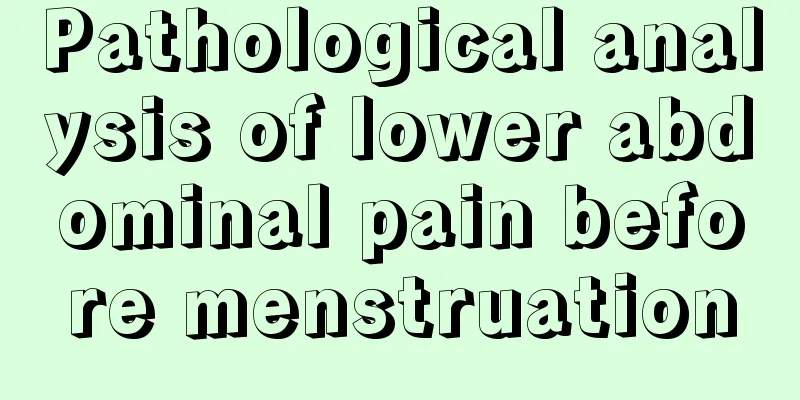What are the treatments for congenital uterine malformations?

|
I believe that many friends are concerned about the treatment of congenital uterine malformations, because congenital uterine malformations are a very common disease for women, which makes many friends particularly painful! Because congenital uterine malformations may prevent many women from fulfilling their dream of becoming a mother in their lifetime, treatment must be taken for congenital uterine malformations. What are the treatments for congenital uterine malformations? Let us introduce them to you below! Estrogen can be used to treat uterine malformations. In order to ensure everyone's safety and health, we must treat uterine malformation as early as possible to avoid the harm of the disease. The following is an analysis of the methods of treating uterine malformation by experts to see how to correctly treat uterine malformation. Pregnancy can be achieved after two cycles of hormone therapy, with good pregnancy outcomes and a low cesarean section rate. It is currently the preferred method for treating uterine septate. Later, someone proposed using CO2 as a uterine distension medium, which has a wider field of view and better clarity than liquid media. During the operation, pituitary hormone (20 units of posterior pituitary hormone added to 50 ml of saline, 6 to 8 ml injected on each side) was injected beside the cervix (needle insertion into the lateral fornix) to reduce bleeding and expand the scope of hysteroscopic surgery. However, it is not suitable for those with thick mediastinum and small uterus. Patients who become pregnant after surgical treatment of uterine malformation should be careful to avoid miscarriage and should be closely observed to prevent spontaneous uterine rupture. During delivery, the method of delivery is chosen based on the fetal position and progress of labor. Since the size of the uterine incision scar is several times that of the original cesarean section incision, the indications for cesarean section should be greatly relaxed. Care should be taken to prevent postpartum bleeding and puerperal infection. Be alert to retained placenta during vaginal delivery. At the same time, it should be reminded that the treatment of congenital uterine malformations should also be considered in combination with each person's actual health status. Everyone's health status is different, and the methods chosen may be different. If you want to be treated as soon as possible, you should cooperate with the doctor to do a comprehensive examination and find a method that suits you! |
<<: How to treat accessory breast hyperplasia?
>>: What are the early symptoms of ovarian cysts?
Recommend
How to eat hot pot healthily? Can I drink the hot pot soup?
In Northeast China, when people entertain guests,...
Why do you need to hold your urine when taking color ultrasound?
It is very important for everyone to master some ...
Lower abdomen swelling during early pregnancy
Women's bodies will always undergo some chang...
How long does it usually take to conceive?
In daily life, some couples get married late, and...
Can pregnant women with high blood sugar eat pig's trotters?
If a pregnant woman has high blood sugar, she sho...
How is the warmth retention effect of polar fleece? Which season should polar fleece jackets be worn?
Polar fleece is a fabric that has attracted the a...
Weekly Science | Key points for myopia prevention and control in winter
Why does children’s myopia increase faster in win...
These five groups of people are at high risk of colorectal cancer. How can they be detected early?
Author: Jiang Bo, Chief Physician of Beijing Tsin...
Can drinking bone soup really supplement calcium?
In the topic of children's growth and develop...
At what level is the blastocyst a son?
In recent years, many women have given birth to t...
What does cervical separation mean in pregnant women?
The female cervical canal is actually the channel...
What to do if a pregnant woman has a bloody nose due to internal heat
After you become pregnant, you can carry tissues ...
Can I have sex within three months of pregnancy?
The third month of pregnancy is the early stage o...
When should I have a B-ultrasound check during pregnancy?
Apart from getting married, the happiest moment f...
How long after sex can I detect pregnancy?
If you do not take protective measures during sex...









